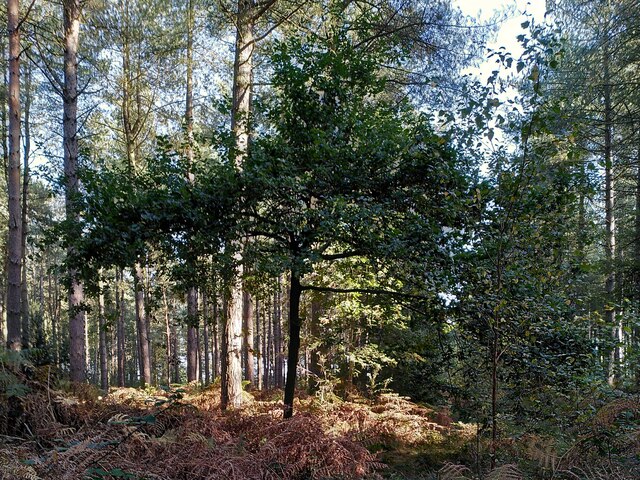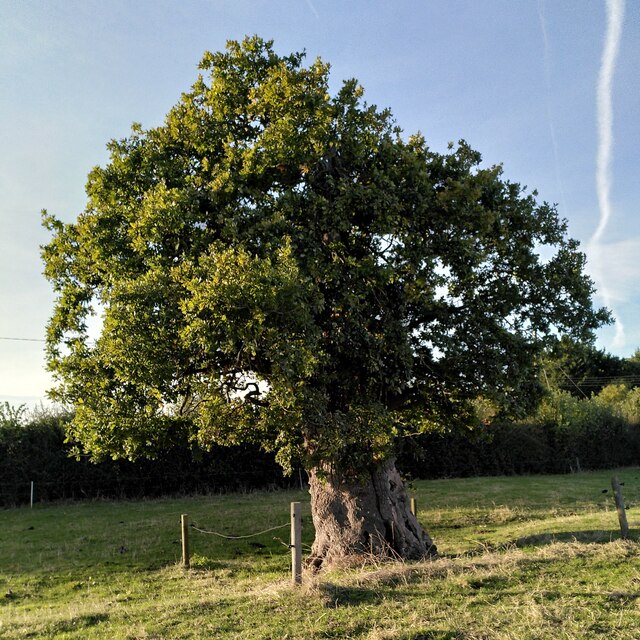Ballard's Green
Settlement in Warwickshire North Warwickshire
England
Ballard's Green

Ballard's Green is a picturesque village located in the county of Warwickshire, England. Nestled in the heart of the countryside, it is surrounded by rolling hills and lush green fields, offering a tranquil and idyllic setting for its residents. The village is situated approximately 10 miles northeast of the historic town of Warwick.
With its origins dating back to the medieval period, Ballard's Green is steeped in history and boasts a rich architectural heritage. The village is known for its charming thatched-roof cottages, which are a quintessential feature of the area. These traditional dwellings add to the village's character and provide a glimpse into its past.
Despite its small size, Ballard's Green has a strong sense of community. Residents often participate in various social activities and events, fostering a close-knit atmosphere. The village also has a community center, where locals gather for meetings, celebrations, and recreational activities.
Surrounded by the beautiful Warwickshire countryside, Ballard's Green offers ample opportunities for outdoor pursuits. The area is crisscrossed with scenic walking and cycling trails, allowing residents to explore the natural beauty of their surroundings. Additionally, the nearby River Avon provides a tranquil spot for fishing and boating enthusiasts.
While Ballard's Green may be a peaceful rural haven, it benefits from its proximity to larger towns and cities. Residents have easy access to amenities and services in Warwick, such as shops, schools, and healthcare facilities. The village's location also allows for convenient transportation links to nearby towns and cities, making it an attractive place to live for commuters.
In summary, Ballard's Green is a charming and historic village in Warwickshire, offering a tranquil and close-knit community, stunning natural surroundings, and convenient access to amenities and transport links.
If you have any feedback on the listing, please let us know in the comments section below.
Ballard's Green Images
Images are sourced within 2km of 52.518306/-1.591009 or Grid Reference SP2791. Thanks to Geograph Open Source API. All images are credited.
















Ballard's Green is located at Grid Ref: SP2791 (Lat: 52.518306, Lng: -1.591009)
Administrative County: Warwickshire
District: North Warwickshire
Police Authority: Warwickshire
What 3 Words
///premature.elite.casual. Near Hartshill, Warwickshire
Nearby Locations
Related Wikis
Old Arley
Old Arley is a village in the civil parish of Arley, in the north of Warwickshire, England, 5.5 miles (8.9 km) west of Nuneaton and 10 miles (16 km) north...
Arley, Warwickshire
Arley is a civil parish in the North Warwickshire district of Warwickshire, England. The parish includes two settlements, New Arley and Old Arley. Old...
Ballard's Green
Ballard's Green is a village in Warwickshire, England. Population details may be found under Over Whitacre.
Ansley, Warwickshire
Ansley is a parish in Warwickshire consisting of Ansley, Ansley Common, Church End, Birchley Heath and, previously, Ansley Hall Colliery. Ansley is on...
Daw Mill
Daw Mill was a coal mine located near the village of Arley, near Nuneaton, in the English county of Warwickshire. The mine was Britain's biggest coal producer...
Arley and Fillongley railway station
Arley and Fillongley railway station was a station on the Midland Railway, which operated in the Midland county of Warwickshire, in England. == History... ==
Over Whitacre
Over Whitacre is a village containing the hamlets of Botts Green, Furnace End and Monwode Lea in North Warwickshire, Warwickshire, England. The population...
Furnace End
Furnace End is a large hamlet in the civil parish of Over Whitacre, and in the North Warwickshire district of Warwickshire, England. It is on the B4114...
Nearby Amenities
Located within 500m of 52.518306,-1.591009Have you been to Ballard's Green?
Leave your review of Ballard's Green below (or comments, questions and feedback).







